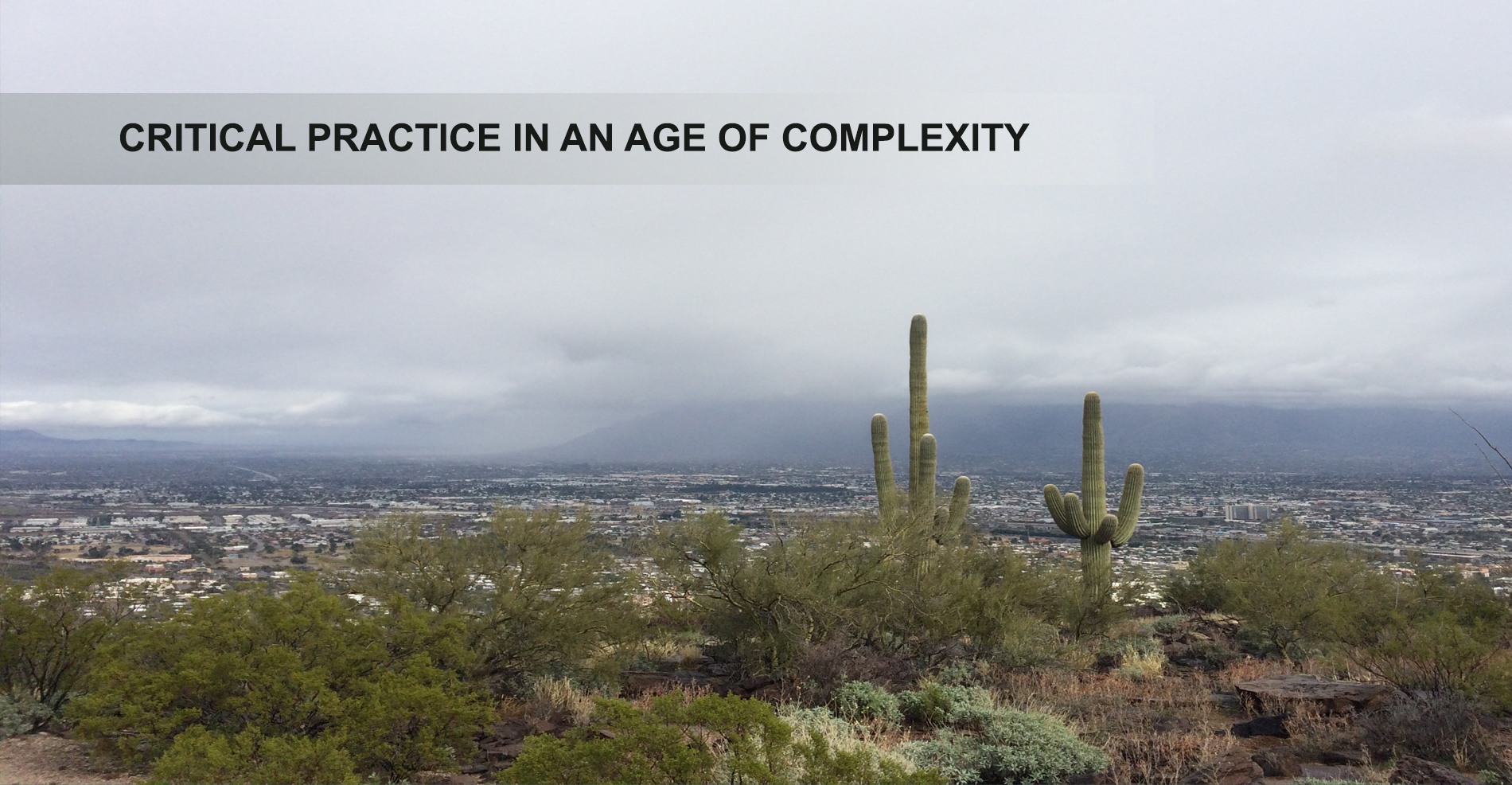Call
Every generation of architects, urban designers, planners and artists engaged with the built environment face a set of seemingly intractable and isolated problems particular to their time. Mid 19th Century city planners addressed questions of public health while architects engaged in a ‘battle of the styles’. Early 20th century architects argued for a ‘contemporary style’ while architects / urban designers created visions of cities in the sky. By the 1970s ecological forerunners argued for a future of sustainable living while post-modernists looked to the past for aesthetics.
Today, Donald Trump promises investment in infrastructure while simultaneously relaxing environmental regulations and targets. China continues to urbanize and pollute while industrial cities in the West continue to decline and ‘go green’. Internationally, global cities of commerce can be surrounded by slums and in many cities housing is unaffordable as a place of living while it functions as a major form of capital investment. This all happens against a backdrop of the arts and cultural industries seen as economic motors, conflicting media representations of urbanization, and the emergence of new medias altering the experience and forms of reporting on life in cities.
To design and understand the built environment in the middle of this complexity and contradiction requires reflection and vision. It also requires critique and multiple practices.
Jane Rendell defines ‘critical spatial practice’ as a form of self-critique; a questioning of the role we all play in the status quo of social organisation and its typical urban forms. In this regard she echoes Manfredo Tafuri. For Tafuri the idea that architectural or urban practice under capitalism could produce anything radically different from standard typologies was simply impossible. Tafuri saw an escape through architectural criticism, for Rendell, it can come through art.
Setting these ideas in an early 21st century context, this conference asks whether in today’s increasingly complex world, practice can be ‘critical’ Can it understand the conditions it operates in? Can it challenge these conditions? Can it change them? Can it make a difference?


